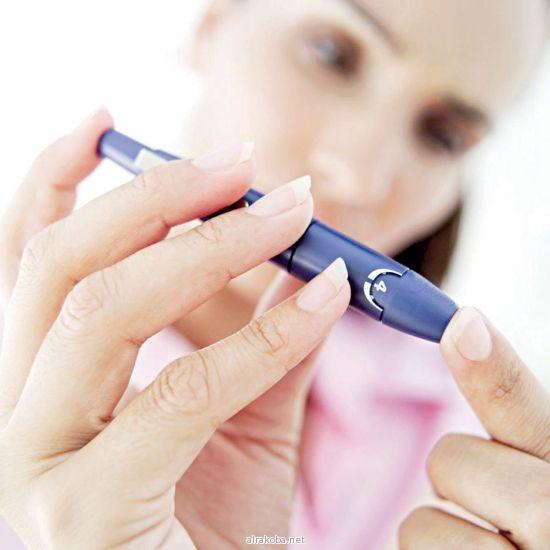Diabetes disease is when the metabolism and sugar level in the body is disrupted from performing its normal function. People with diabetes have high glucose blood levels due to the lack of function of insulin which maintain low blood glucose levels. When the human body system fails to produce insulin this results in diabetes. Insulin is created in the pancreas.
Main Causes of Diabetes
We know that diabetes develops as a result of your body’s cells not getting enough insulin (a hormone which helps convert blood sugar/glucose into energy). This is usually because your pancreas fails to generate enough insulin or because your body’s cells start to resist insulin. Although we know what leads to the development of diabetes we do not currently know why this happens in certain individuals and not others.
Type 1 diabetes is caused by the body’s immune system destroys the insulin creating cells in the pancreas. This process quickly leads to a complete lack of insulin in the body, therefore forcing a dependency on insulin injections.
Another factor is the inappropriate diet. If you eat too much sugar, proteins, fats and refined carbohydrates, which transform into sugar, you can unleash the diabetes. Studies have shown that in the poor countries, people are not affected of diabetes in such a large number because they do not overeat.
Recent research has discovered that infections, such as strephylococci, can also lead to diabetes. Age is being blamed as well. As you get older, your chances of developing diabetes increase. Furthermore, just as diabetes can lead to high blood pressure, suffering from hypertension can lead to diabetes.
Diabetes Symptoms
The level of glucose in your blood stream is going to be high if you are a diabetic patient and this will cause an excessive amount of blood flowing to your kidneys, indirectly increasing the frequency of urination. With this and the symptom of profuse sweating, you risk getting your body into dehydration.
When the glucose in the bloodstream increases, the insulin released by the pancreas regulates the glucose level. But patients diagnosed with diabetes have high glucose levels that can no longer be normalized. This results to the high levels of glucose which often leads to glucosuria or glucose presence in urine.
Insulin resistance occurs as a result of the body continuously producing increased insulin in an attempt to maintain normal blood sugar levels. The body does this because the digestive process converts carbohydrates into sugar that goes directly into the blood stream.
Diabetes is usually accompanied by sudden weight loss, due to the body not being able to utilize the available glucose to generate energy. This can result in the individual being hungry throughout the day (polyphagia), which leads to weakness and fatigue. In diabetes the high sugar levels do not allow some of the body tissues and cells to work normally; hence, it can result in poor or blurred vision.
Treatment for Diabetes
Many natural foods also help with blood sugar control in Type 2 diabetes. These include sage, buckwheat, okra, peas, brewer’s yeast, fenugreek seeds, and broccoli and other greens. These foods help because they are high in fiber. Certain herbs also reportedly help, including hawthorn, nettle, ginger, ginseng, and garlic.
Diabetes mellitus is known in Ayurveda as “Madhumeha”. Ayurveda describes the pathology of this disease as resulting from a disturbed “Meda, Kleda and Kapha”. It is believed that all the body tissues lose their vitality because of this condition.
Hands on therapy or massage can improve the well being and health of a person. Soft tissues and muscles are manipulated in this process which affects the circulatory, muscular and nervous systems of the body. Massage had since been used to treat diabetes and other diseases.

